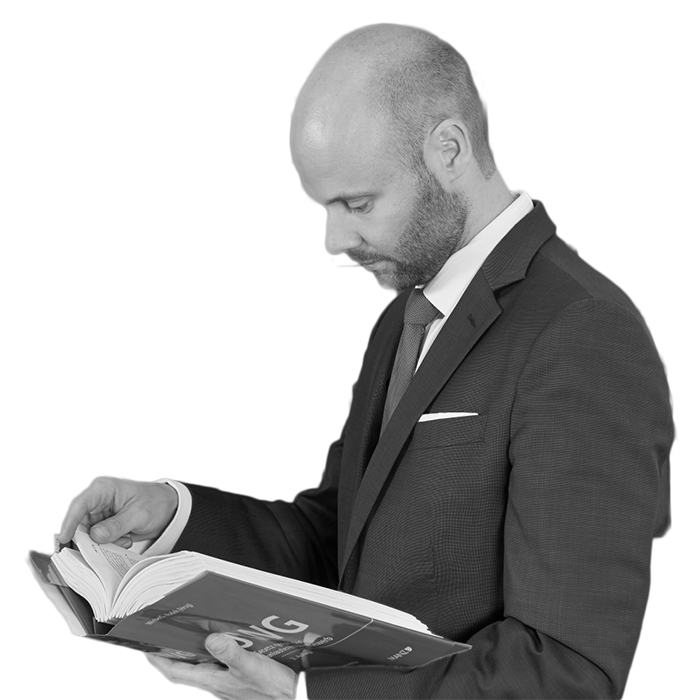Unlike in proceedings to enforce judgments, where creditors are satisfied according to the so-called principle of priority and thus those creditors are favored who act first (singular execution), in insolvency proceedings the principle of total execution (universal execution) applies. Under the principle of universal execution, all creditors are to be treated equally, thus bearing the loss proportionately. Unlike the enforcement proceedings, the insolvency proceedings also cover the debtor’s entire assets.
Insolvency proceedings are aimed at either restructuring or liquidating the debtor’s company, although restructuring is preferred. Whether restructuring or liquidation proceedings are initiated depends primarily on the will of the debtor. As a creditor, the only thing that can be achieved by filing a petition is the opening of the proceedings, which, however, must be conducted as liquidation proceedings if no restructuring plan is submitted by the debtor. Thus, only the debtor can strive for the restructuring of the company.






